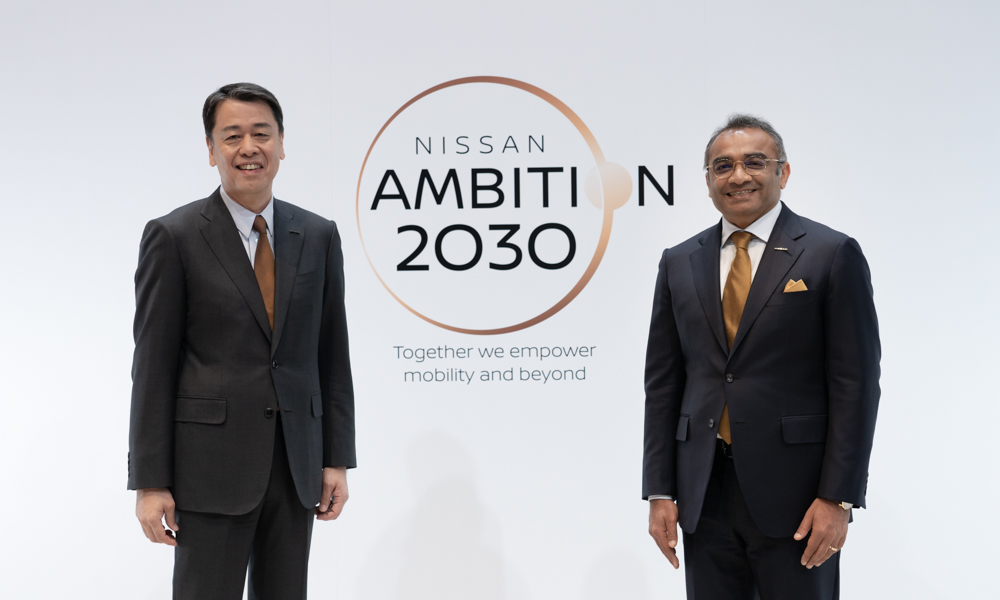
Nissan recently unveiled its immediate roadmap to a sustainable, emissions-free and carbon-neutral transformation in the future to the general public. Entitled Nissan Ambition 2030, this initiative is a detailed explanation of the company’s plans to go electric on a global scale, and reduce emissions and its carbon footprint not just for its vehicles, but its production facilities around the world.
The goal is to drive innovation to enrich people’s lives. It hopes to address three pressing issues that face our planet today: climate change, societal issues (aging population, social inequality, etc.), and customers demanding more flexibility, personalization and efficiency in their mobility. By meeting these targets, Nissan hopes to empower journeys and society as a whole for a cleaner, safer and more inclusive world.
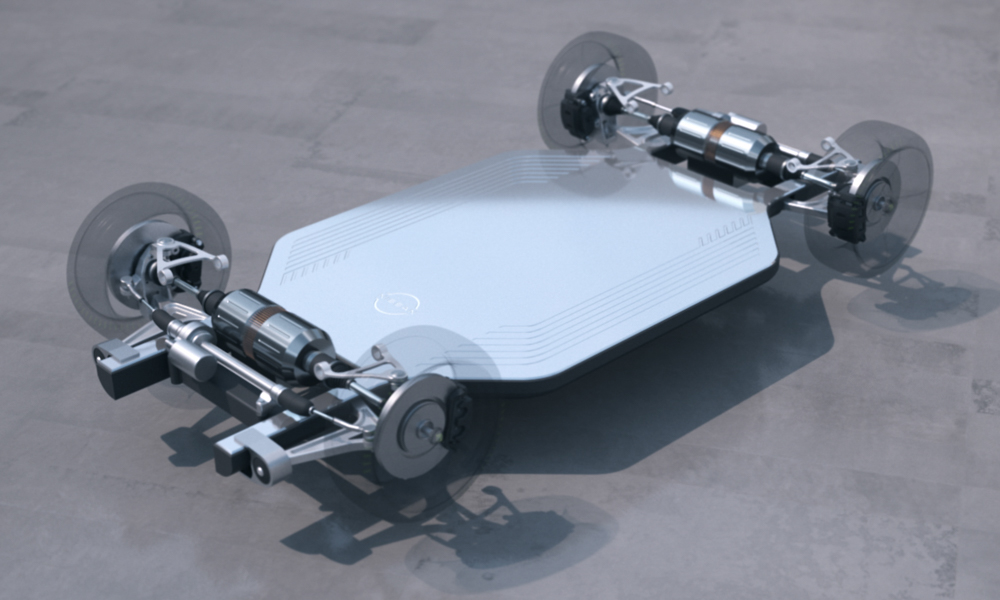
Electrification is at the core of Nissan Ambition 2030. The automaker has enjoyed a 10-year head start versus its competitors, and it already has a sizeable 1-trillion-yen (P442.4 billion) investment in this field as early as 2010, (products, production facilities and charging infrastructure). It has another 5 trillion yen (P2.2 trillion) earmarked for electrification by 2026. Twenty-three new products are in the pipeline that feature the latest technologies, 15 of which are full electric vehicles.
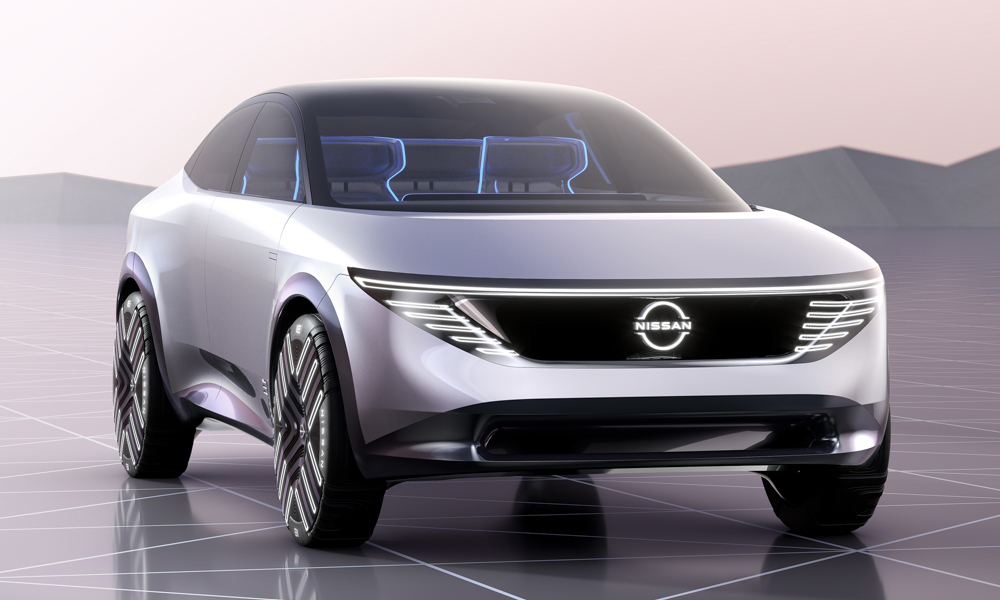
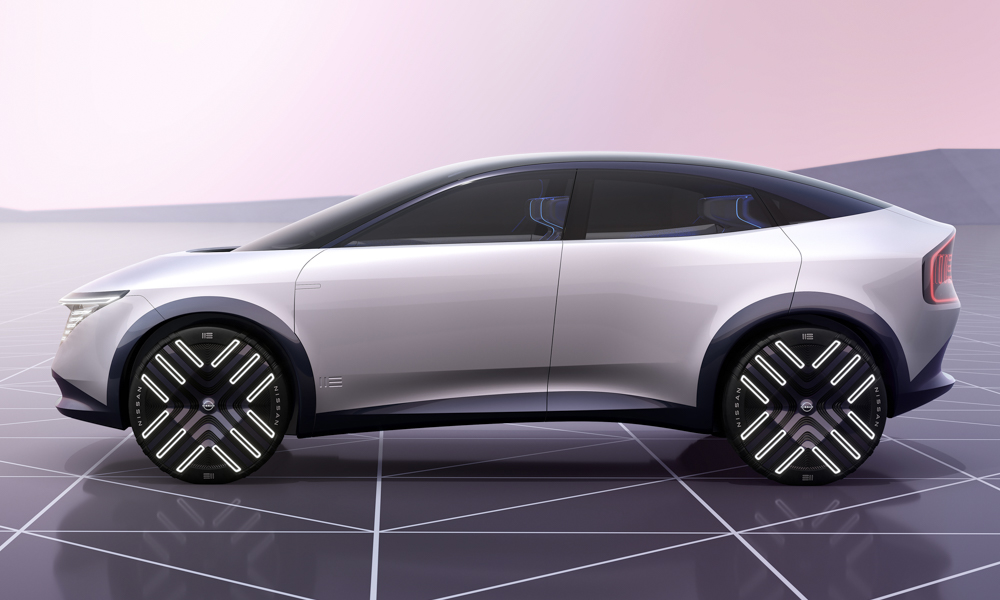

Nissan hopes to reach a 40% EV product mix by 2026, and an even larger 50% slice by 2030 with its Infiniti brand. Key growth areas will be regions which has legislation that favors zero-emissions vehicles, or requires a substantial portion of the catalog to be electrified. These are the areas and their respective EV product mixes:
- Europe – 75% (by 2035)
- Japan – 55% (in five years)
- China – 40% (next decade)
- USA – 40% (next few years)
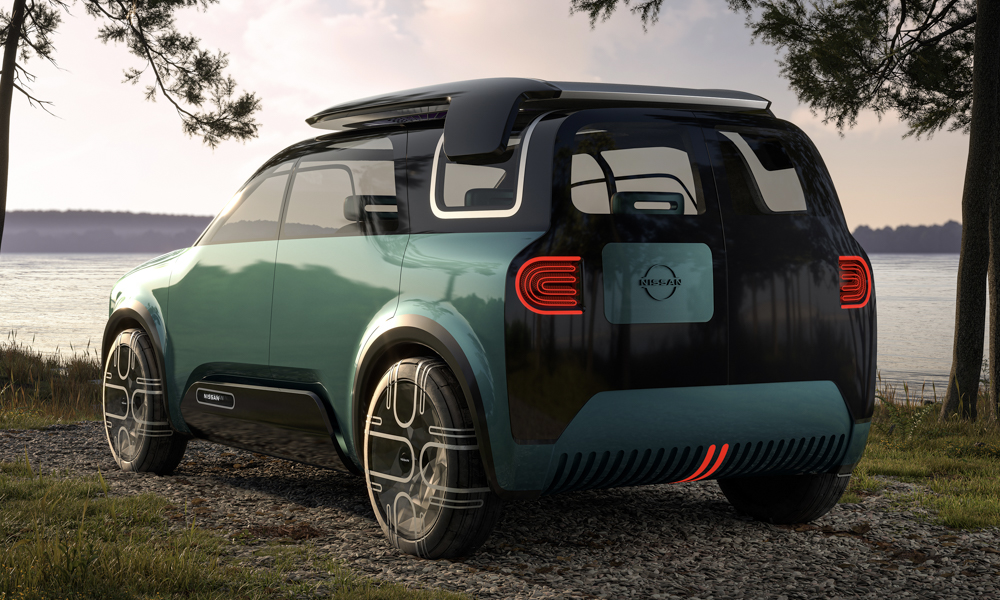
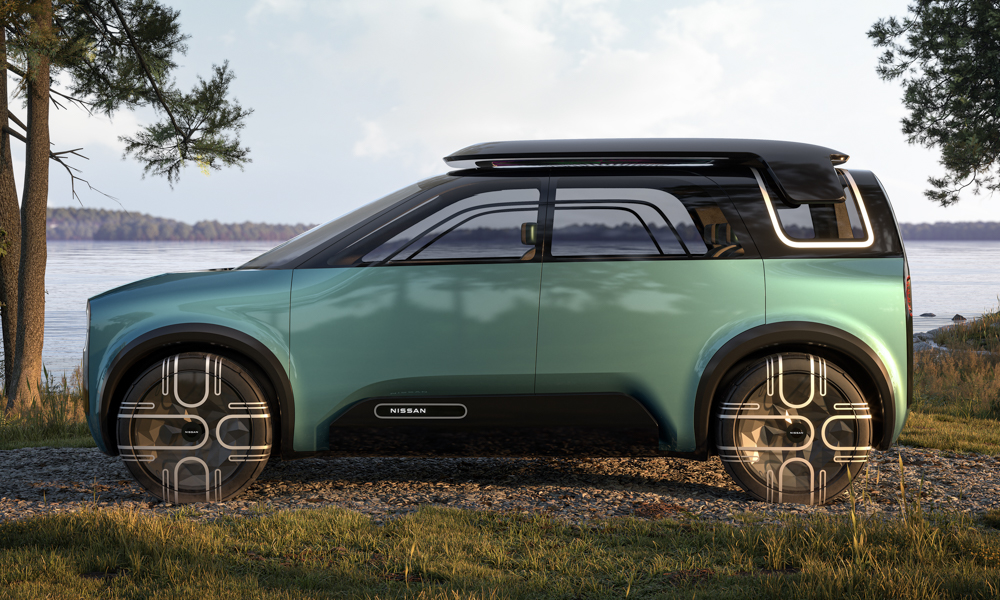
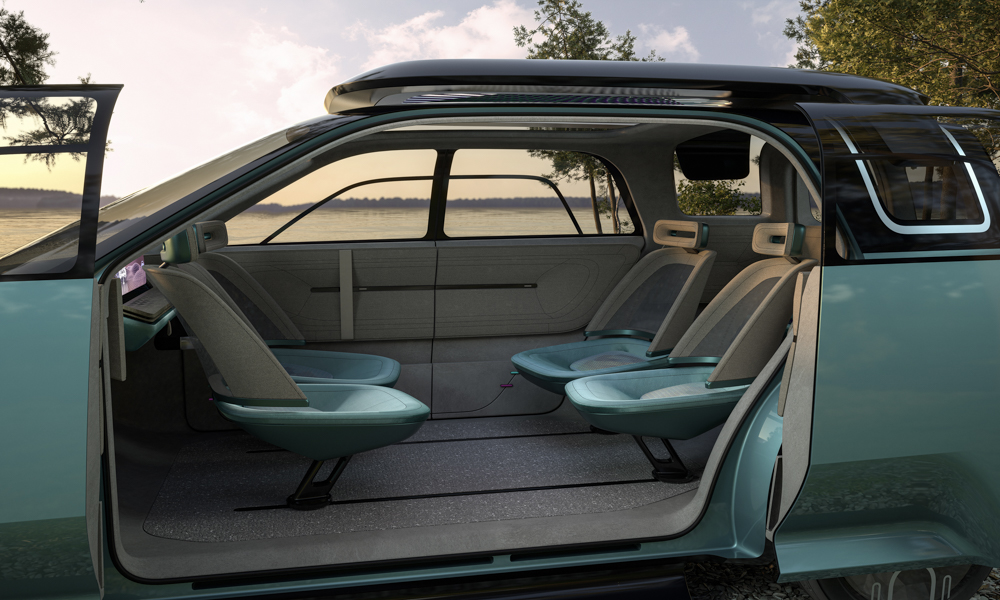
Another key element is the battery itself, and Nissan is proud to announce the market release of a new solid-state battery and a new modular platform that will underpin future EVs by 2028. The pilot factory will be ready by 2024 at Yokohama, at the very home of Nissan’s global headquarters. To this day, the company is proud to say that with over 1 million EVs sold on the road, none have experienced any major or serious accidents or incidents pertaining to the battery unlike other more established competitors.
The solid-state battery has double the energy density, which can be made smaller, allowing greater leeway in the design and engineering of the vehicle. These cells can be charged at a third of the amount of time compared to current batteries, and can ultimately bring down the cost to $65 (P3,300) per kilowatt-hour, making it comparable to traditional piston engines. Together with a new modular platform specifically tailored to the solid-state battery, Nissan promises to deliver more accessible, more spacious, more convenient, and more versatile vehicles that are safer, cheaper to manufacture, and with fewer parts that offer more commonality across the board, thus making ownership more affordable.
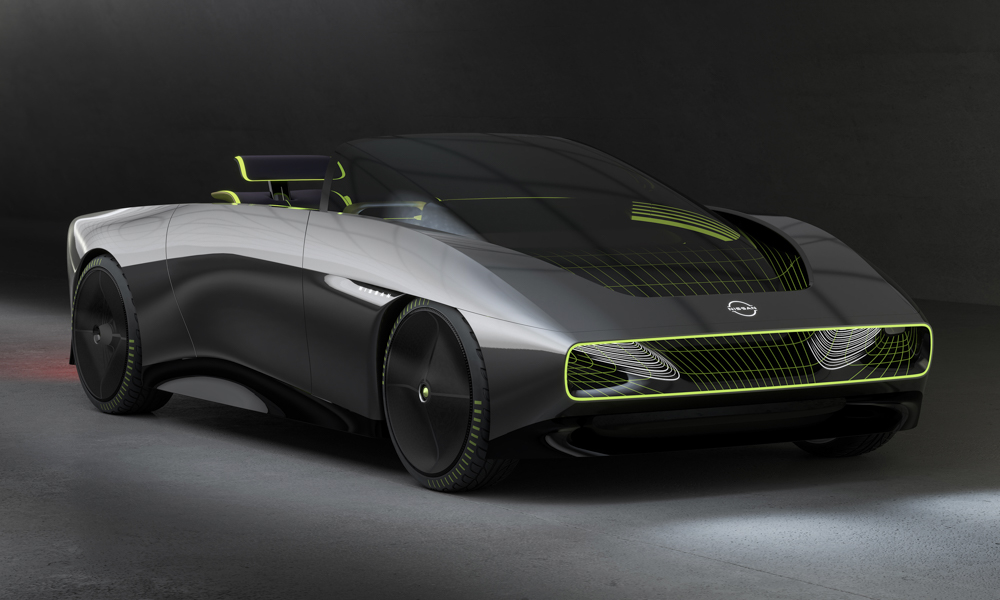
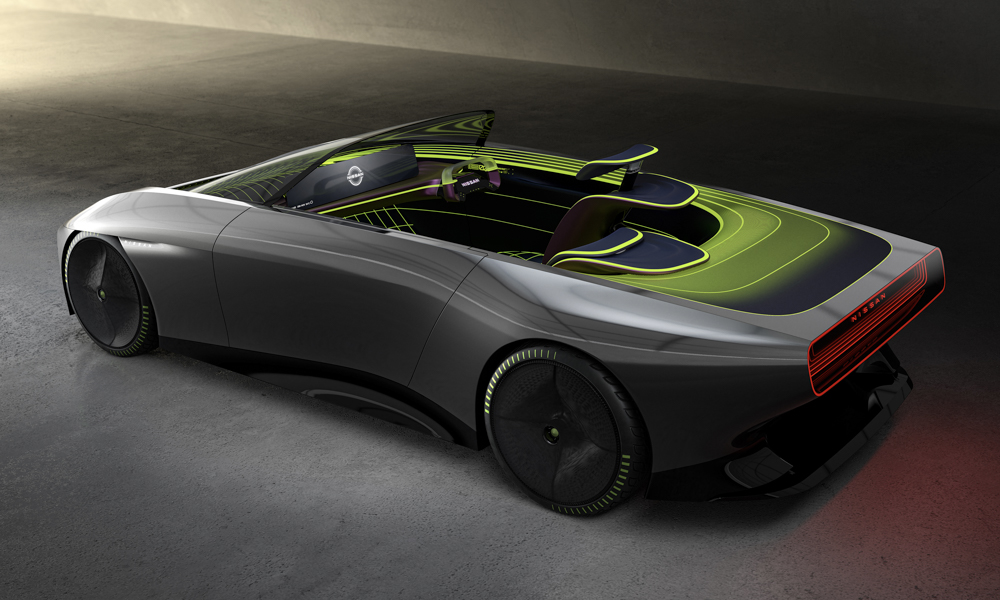
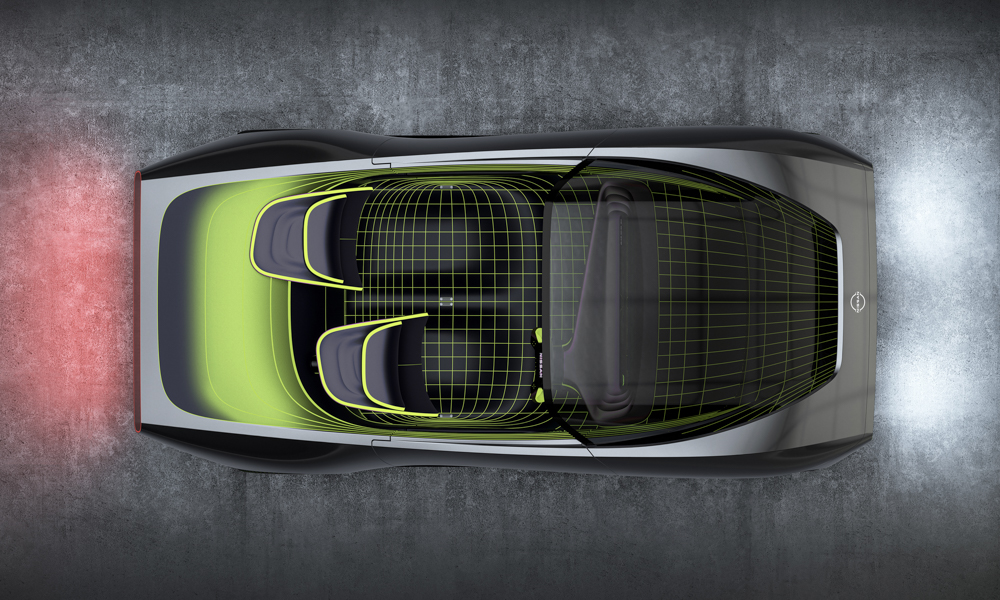
Nissan factories worldwide also have an ambitious goal: reduce carbon emissions by 40% by 2030 (with 2019 as the baseline year) by utilizing more renewable energies and adapting hydrogen as a source of green power. The firm also sees the potential of using its EVs as power sources for homes, offices and institutions, especially during times of crisis and calamities. Think of it as a giant power bank. Plus, Nissan is also investing in technologies and facilities that will recycle, upcycle and reuse old and discarded batteries. Despite all these expenditures, its goal is to increase profitability by 5% by 2030, ensuring sustainability.
Another core technology Nissan is focusing on is the latest in active safety technologies and autonomous driving. Its Safety Shield suite of driver aids will now feature next-generation LIDAR (using lasers to approximate speed and distance) to supplement its existing crop of electronic assists. The target is zero fatalities in next-generation Nissan EVs.
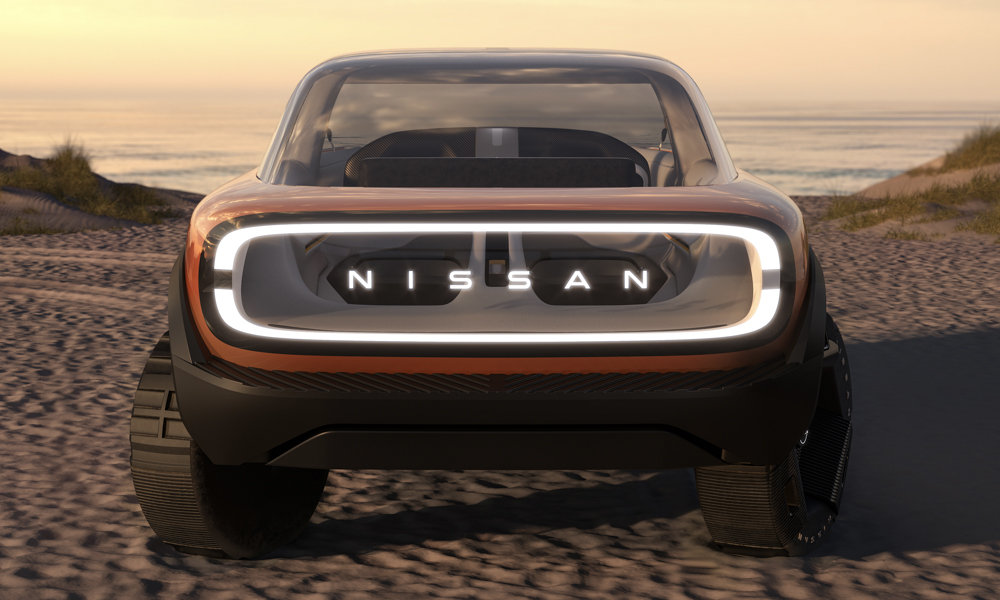
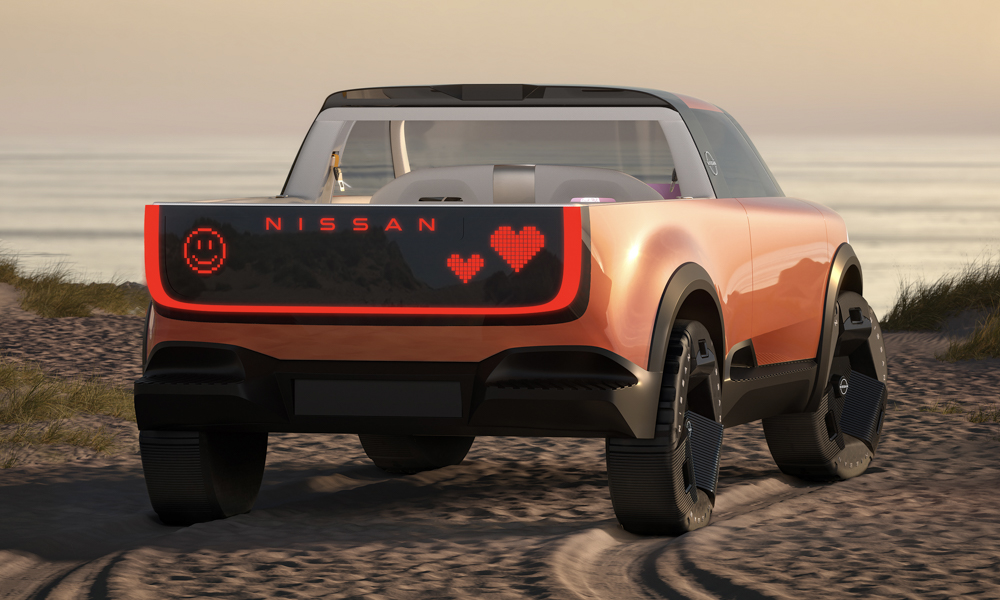

Lastly, Nissan plans to generate 3,000 new jobs in the fields of engineering, information technology and artificial intelligence to help ensure that the next generation of vehicles are better, safer, more efficient and ultimately, more relevant to a society that is becoming savvier and more sophisticated.
Rising crude oil prices, drastic climate change, economies barely recovering from the throes of COVID-19, and legislation that sees gasoline and diesel cars vehicle slowly being rendered extinct, the mobility landscape is in an equally chaotic yet exciting era. Will Nissan be truly able to ride these changes and achieve its goals? Only time will tell.


0 Comments